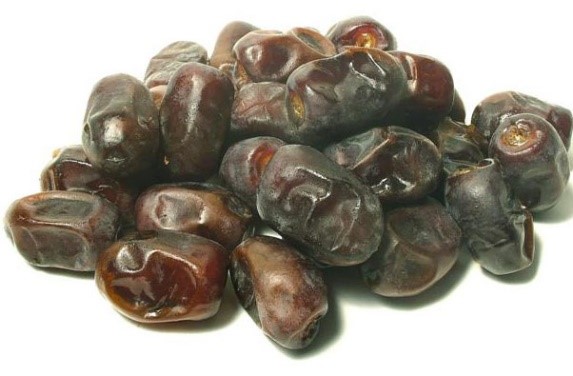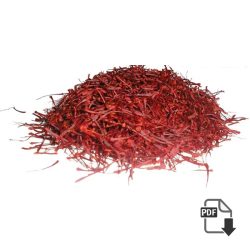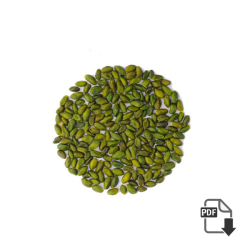Can You Grow Saffron? A Guide to Cultivating the World’s Most Precious Spice
Saffron, known as the “red gold,” is one of the most valuable spices in the world. Its unique flavor, vibrant color, and numerous health benefits make it highly sought after. But have you ever wondered if you can grow saffron yourself? The good news is, that with the right conditions and care, you can successfully cultivate saffron in your garden. Here’s everything you need to know about growing saffron. Can You Grow Saffron.
Where does saffron grow ؟ Saffron Doesn’t Grow on Trees
Understanding Saffron: The Basics
Saffron comes from the stigmas of the Crocus sativus flower, commonly known as the saffron crocus. Each flower produces just three red stigmas, which are hand-harvested and dried to create the spice. Given its delicate and labor-intensive production process, saffron is considered one of the most expensive spices in the world. However, with proper guidance, growing saffron at home can be both rewarding and cost-effective.
Ideal Growing Conditions for Saffron
To grow saffron successfully, it’s important to replicate its natural environment as closely as possible. Saffron crocus thrives in regions with hot, dry summers and cool, mild winters. Here’s what you need to ensure:
- Climate: Saffron requires a climate with a distinct change between summer and winter. It thrives in USDA hardiness zones 6-9, but can be grown in other regions with proper care.
- Soil: Saffron prefers well-draining soil with a neutral to slightly alkaline pH. Sandy or loamy soils are ideal. If your soil is heavy or clay-like, consider amending it with organic matter to improve drainage.
- Sunlight: Saffron needs full sun to partial shade. Ensure your planting area receives at least 6 hours of sunlight each day.
How to Plant Saffron Crocus Bulbs
Planting saffron bulbs (corms) is the first step to growing this valuable spice. Here’s how to do it:
When and Where to Plant
The best time to plant saffron corms is in late summer or early fall. Choose a well-drained spot in your garden that receives ample sunlight. If you’re planting in containers, ensure they have good drainage holes.
Planting Depth and Spacing
Plant each corm about 4-6 inches deep, with the pointed end facing upward. Space the corms 3-4 inches apart to give them room to grow. After planting, cover the corms with soil and water them lightly.
Caring for Your Saffron Plants
Once planted, saffron crocus requires minimal care, making it an ideal crop for beginners.
Watering and Fertilizing
Water your saffron sparingly. Overwatering can cause the corms to rot, so it’s important to let the soil dry out between waterings. During the growing season, you can apply a balanced fertilizer to promote healthy growth, but be cautious not to over-fertilize.
Harvesting Saffron
Saffron crocus blooms in the fall, producing beautiful purple flowers. The saffron threads are the red stigmas inside the flowers. Harvesting must be done carefully by hand, usually in the early morning. After harvesting, dry the threads in a warm, dark place before storing them in an airtight container.Can You Grow Saffron?
Best Quality Saffron in the World
Enjoying the Fruits of Your Labor
Growing saffron at home is not only possible but also incredibly rewarding. With a little patience and the right conditions, you can produce your own saffron and enjoy its unique flavor in your culinary creations. Whether you’re a seasoned gardener or a novice, growing saffron adds a touch of luxury to your garden.
Ready to Start Growing Saffron?
If you’re ready to embark on the journey of growing saffron, start by sourcing high-quality saffron corms. With the right care and conditions, you’ll soon be harvesting your own “red gold” and enjoying the fruits of your labor in the kitchen.
All Type Of Saffron
-
Saffron Powder Special price + analysis + sale offer
Saffron Powder is not a kind of saffron such as Negin or Pushal. It is a form of saffron, which producers make from grinding the saffron threads in the industrial scope. The final product color is slightly lighter than the…
-
bunch saffron Special wholesale price + analysis + sale offer
Bunch Saffron has different names, such as Dasteh Saffron or Dokhtar Pich Saffron (Dochtar Pitsch Saffron, or Dokhtar Saffron). Dasteh Saffron is the complete stigma (filament) of saffron in bundles. In other words, it contains the stigma with the whole…
-
mancha saffron ( Pushal ) Special wholesale price + analysis + sale offer
Mancha Saffron is the stigma part. Since in Pushal is not cut like Allred during production so the complete red-colored parts are maintained along with a little bit of the orange-colored threads. All the three stigma threads are attached like…
-
Sargol Saffron | most economical saffron for import
Sargol Saffron | most economical saffron for import : sargol saffron consists only of Dark Red Stigma (thread) Tips. So. in other words all the white and orange parts are removed. This saffron is the second most expensive type of…
-
all red saffron | super negin saffron Special price + analysis + sale offer
All Red Saffron | Super Negin Saffron | Best Iranian Saffron : Negin Saffron is the most expensive type of Saffron because it has the highest quality compared to other types. When three stigma threads are attached together we call…


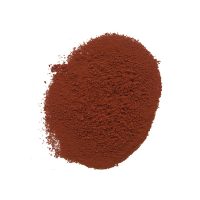
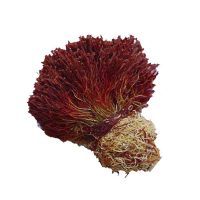
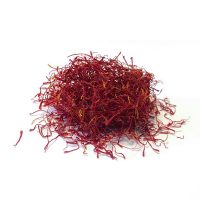
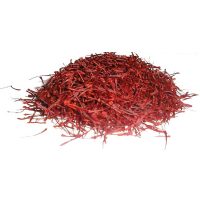
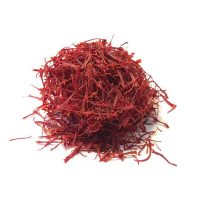
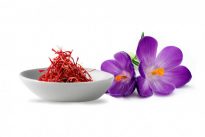
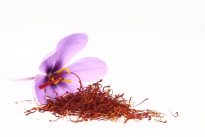
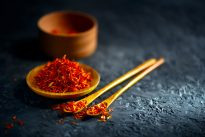
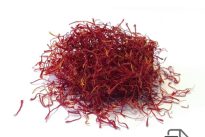
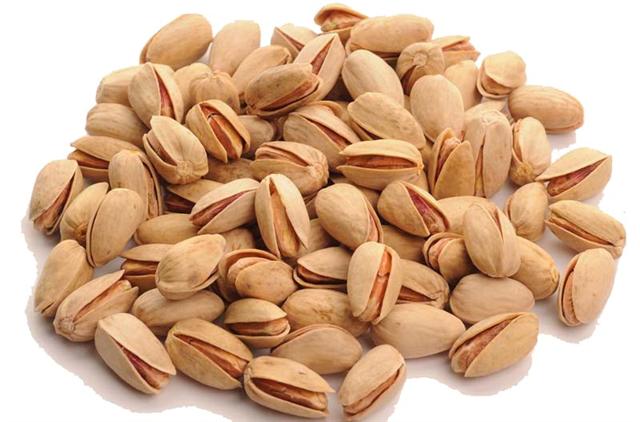
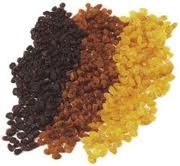 3 kind raisin
3 kind raisin 